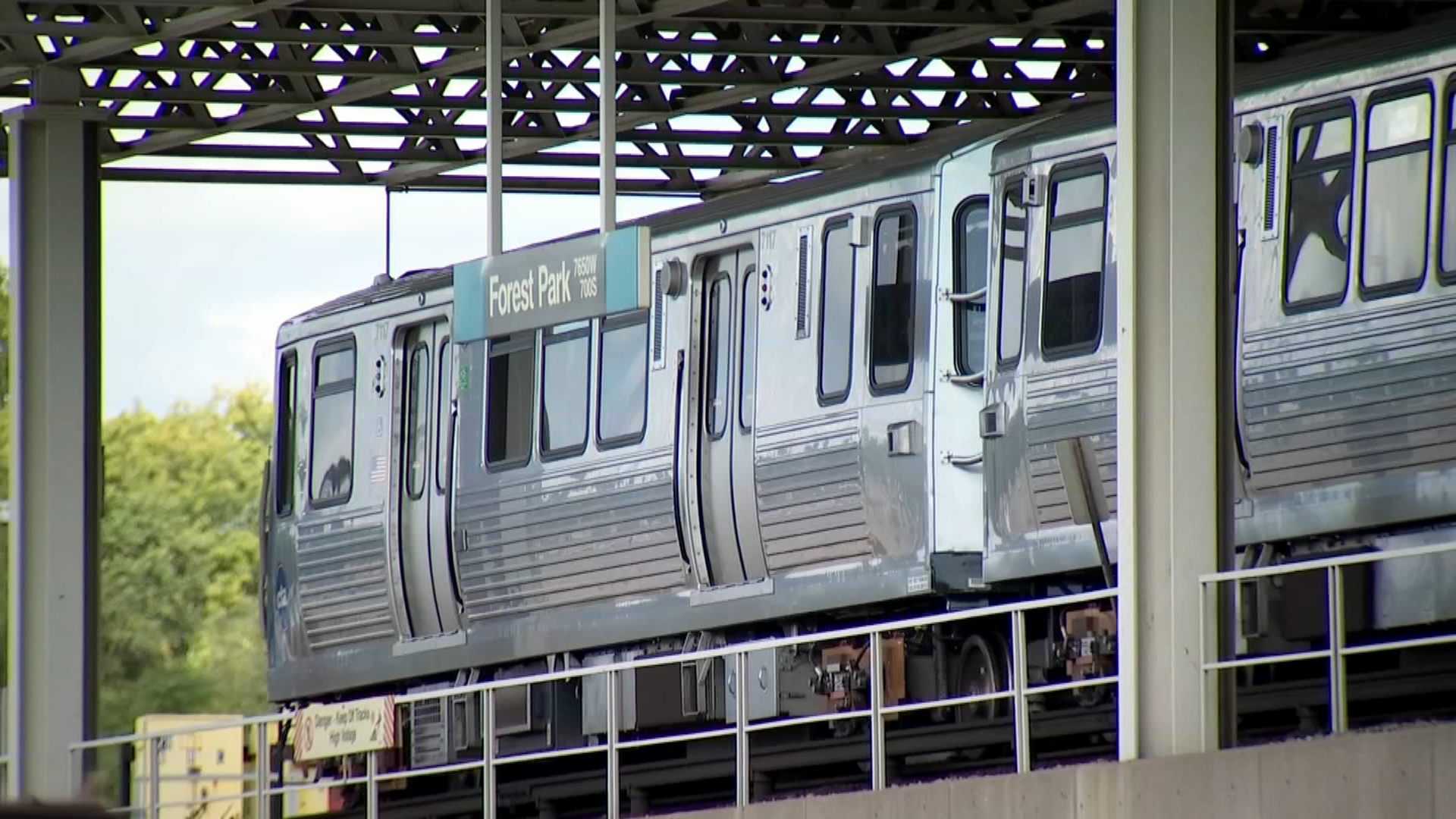Proponents of cutting Chicago's City Council sometime in the near future claim that Chicago has far too many aldermen for a city its size.
Los Angeles and Philadelphia both get by with 15. Why do we need 50?
It’s an old argument that has led to a reduction in the City Council before. Around the turn of the century Chicago had 70 aldermen.
When Chicago became a city in 1837, the charter provided for 10 wards. All but one elected two aldermen, for staggered two-year terms.
During the Civil War, the number of wards increased from 10 to 16, and grew with the city, until it reached 35 by the end of the century. Every ward held a partisan primary and a general election every year. That was too much voting -- even for Chicago. Plus, this was the era of the corrupt “Gray Wolves,” personified by the 1st Ward duo of "Bathhouse" John Coughlin and Michael “Hinky Dink” Kenna.
During the Progressive Era, City Club reformers suggested replacing the ward system with nine at-large councilmen and a city manager. Party leaders rose up to defend the ward system, which ensured that every one of Chicago’s ethnic groups -- Jews, Italians, Poles, Irish, Bohemians and even blacks -- got a seat on the City Council.
“Whatever their failings, political bosses are shrewd in protecting their own interests,” wrote James L. Merriner in Grafters and Goo Goos: Corruption and Reform in Chicago, 1833-2003. “They saw the city-manager plan for what it was: a scheme to replace them with the upper-middle class. citywide aldermanic elections would undercut the clout of ethnicities allocated by wards.”
Local
Reform finally arrived in the 1920s, when the system of 35 wards was replaced with 50 wards, each represented one alderman elected to a four-year term, on a non-partisan basis. "Bathhouse" John Coughlin was forced to retire, but a uniquely Chicago system had been preserved. Chicago in that era was a city of immigrant enclaves and recently-annexed villages that still maintained their own identities. It would have been hard to balance all those interests with fewer than 50 aldermen.
“Chicago is unusual in having maintained its ward system while many cities were experimenting with at-large voting systems, smaller councils, and nonpartisan elections,” notes the Encyclopedia of Chicago. “Besides being a device of representative government, wards have organized residents’ access to city services and, for an earlier generation, shaped the ward-and-precinct structure of political parties. In some cases, wards have developed localized cultural identities akin to those of neighborhoods.”
Prior to 1921 Chicago was divided into 35 wards. Each ward had two aldermen elected in alternate years to two-year terms. Aldermanic races were legally partisan contests requiring a party primary, and Chicagoans faced a constant barrage of ward elections.
Beginning in 1912, Chicago's reformers advocated a redistricting of the city's ward boundaries. They believed the faster growing peripheral areas (containing the largest number of reform and independent voters) should have greater representation in the city.”
When the 50-ward system was introduced, the good-government Municipal Voters League believed “a new 50-ward city council would give independent citizens acting in groups a rare opportunity to clean house. But as is often the case in such “reforms,” the politicians (in this case, city Democrats and Republican Mayor William Hale “Big Bill” Thompson) manipulated the change to fit their own needs,” wrote Peter W. Colby and Paul Michael Green in Illinois Issues.
We may save money with 25 wards, but don’t think we’ll get better government. The City Council will be still be composed entirely of Chicago politicians.

Buy this book! Ward Room blogger Edward McClelland's book, Young Mr. Obama: Chicago and the Making of a Black President , is available Amazon. Young Mr. Obama includes reporting on President Obama's earliest days in the Windy City, covering how a presumptuous young man transformed himself into presidential material. Buy it now!



